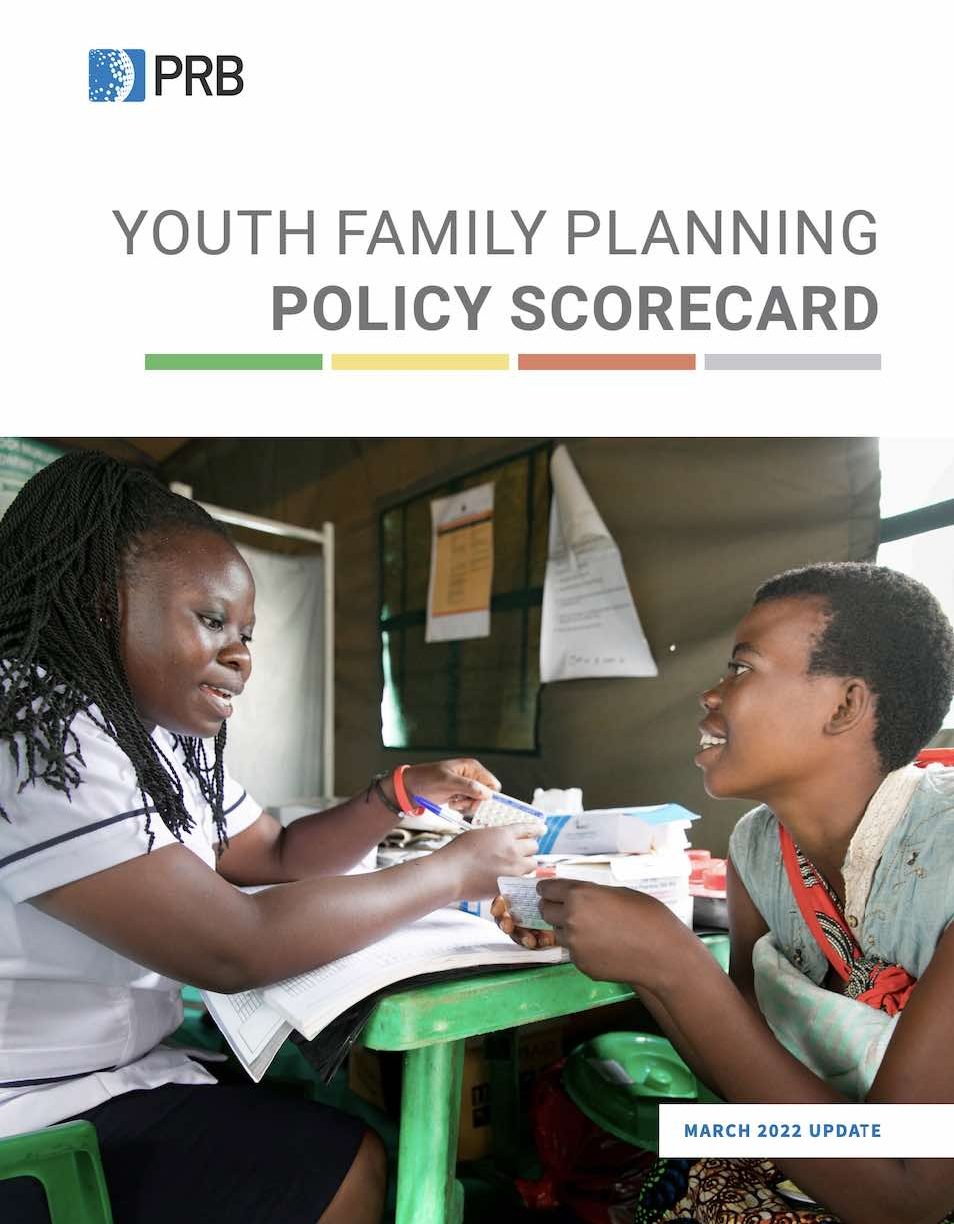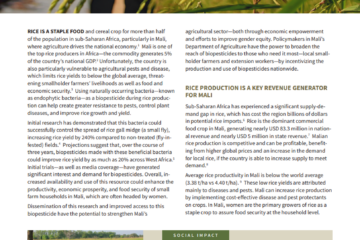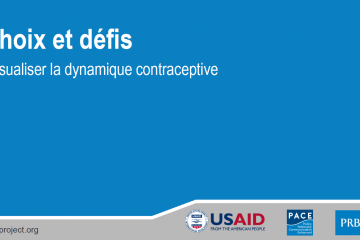PRB’s ENGAGE presentation, “Family Planning: The Changing Path of Unmet Need,” aims to improve understanding of why women who say that they want to postpone their next birth, or not have any more children, are not using any form of contraception. The story focuses on a woman, Binta, and her partner, Kofi, who face many challenges as they search for ways to attain the desired number and spacing of their children—moving from adolescence into adulthood. Binta could be any woman, or “every woman” who struggles to maintain control over her reproductive life.
Following Binta and Kofi’s story reveals the complex range of processes that make up a couple’s set of reproductive health choices and challenges over time. Shifts in fertility preferences often occur in response to changing life circumstances such as having a child, entering a serious relationship, or changes in household finances. Accordingly, women may pass in and out of unmet need, like a revolving door, rather than experiencing it as a one-time event.
This presentation enhances understanding of the transitional nature of unmet need as well as its causes, consequences, and solutions. It is designed to broaden the global discourse, bring new perspectives to traditional thinking, and promote investment in tailored policies and programs to better meet couple’s contraceptive needs at different stages of their reproductive lives. Target audiences include government policymakers, health sector leaders, family planning program officials and advocates, journalists, and others.
“Family Planning: The Changing Path of Unmet Need” is available with and without a voiceover. The presentation can be downloaded from the PRB website or streamed via PRB’s YouTube channel; CD-ROMs are also available on request. A presentation guide and key messages handout are available to provide facilitators with skills and resources to effectively deliver and lead discussion about the presentation.
“Family Planning: The Changing Path of Unmet Need” is part of a larger package of materials funded by the William and Flora Hewlett Foundation. In addition to creating the ENGAGE presentation, PRB completed an extensive analysis of Demographic and Health Survey data that sheds light on the “revolving door” nature of unmet need. Many of the DHS surveys include a “contraceptive calendar,” which records a woman’s monthly reproductive health history over five years. These calendars provide a largely untapped resource to investigate longitudinal measures of unmet need over the five-year period. Focusing on married women in 13 developing countries, the analysis revealed two important outcomes:
- Measuring unmet need across a five-year period indicated a significantly greater number of women who experienced unmet need in selected countries than previously reported using the cross-sectional (single point in time) measurement.
- And secondly, the analysis showed that many women experienced multiple episodes of unmet need in the five-year period preceding the survey.
For additional information, see the PRB research brief “Unmet Need for Family Planning: What Can We Learn From the DHS Five-Year Contraceptive Calendar Data?”
Other advocacy tools currently available include:
-
- Infographic: “Faces of Unmet Need” presents a snapshot of the magnitude of unmet need around the world and is accompanied by the article” Faces of Unmet Need for Family Planning.”
- Global Fact Sheet: “Unmet Need for Family Planning” describes the reasons unmet need varies by region and the characteristics of women with unmet need.
- Five Country-specific Fact Sheets: “Reproductive Transitions: Unmet Need for Family Planning” depict the current situation of unmet need in each country, why women who say they want to postpone their next birth, or not have any more children, are not using contraception, and the policy and program implications of the evidence.
– Benin
– Kenya
– Malawi
– Senegal
– Uganda


 ">
">
 ">
">
 ">
">











